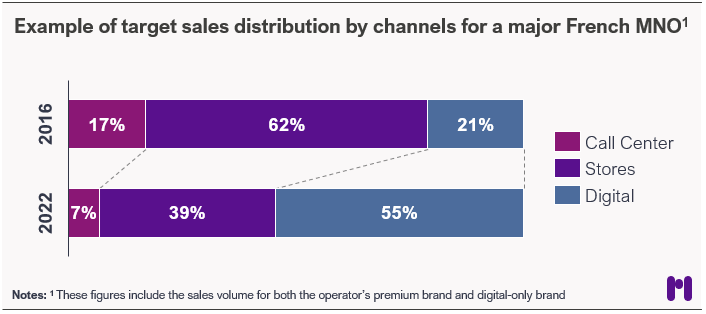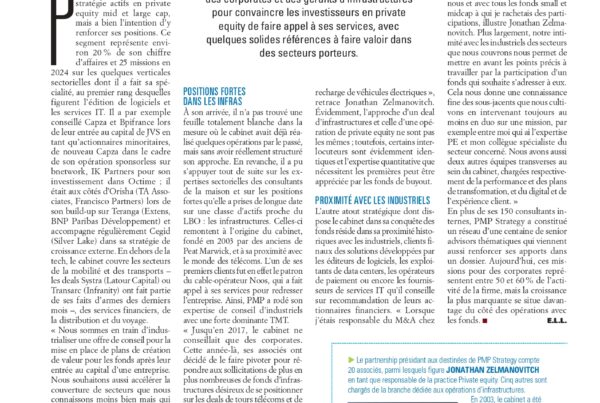The telecommunications industry is currently faced with unprecedented pressure – with rising investment costs due to technological changes (e.g. the advent of FTTx and 5G networks), declining margins due to increased competition, and difficulty in diversifying revenues.
In recent years, several digital-only operators have launched worldwide, leveraging modern and agile IT stacks which enable them to lower costs, become more agile, and differentiate their services vis-à-vis established operators. Additionally, modern IT solutions create opportunities for established operators to revamp existing IT systems and to rapidly launch separate brands and services in order to compete against emerging digital players.
The Shift Towards “Digital-First”
2018 saw the emergence of low-cost, agile, and digital-only brands in Canada with the launch of Quebecor’s Fizz. Though Fizz broke new ground, it certainly is not the last of its kind. The CRTC (Canadian telecom regulator) has recently introduced new fixed network wholesale access regulations that are quite advantageous for new entrants. The CRTC is also preparing new regulations for Mobile Virtual Network access in a bid to stimulate competition – an important step in realizing Trudeau’s campaign promise of “reducing cellphone bills by 25%”. As a result, new, aggressive players are preparing to enter the market and established operators are rapidly enhancing their digital capabilities.
In Europe, we have observed a tremendous increase in digital sales among incumbent operators, who have been spurred into action by digital-only players encroaching on their market share. Major European operators surveyed by PMP Conseil project sales from online channels to shift from >30% to >50% by 2022.

Source: PMP Analysis of a major European operator’s sales across its various channels
Operators are moving away from legacy IT systems towards new, digital-first solutions
In this new age of telecom, rapid offer development and launch is vital and requires an agile and digital-first IT platform. Operators are looking for fast, low-risk ways to bring digital offers to market and to minimize time to market for new services such as fixed and mobile services, IP TV, handset sales, Enterprise offers, wholesale re-seller models, sale of digital services (i.e. Netflix, Apple Pay, Amazon Pay).
In order to address this challenge, digital-native vendors have emerged on the market – offering cloud solutions with state-of-the-art API and micro-service architecture. While some are generalists and cover an operator’s end-to-end needs, many vendors specialize in a single domain, such as: Customer Relationship Management (CRM), Online Charging Systems (OCS), Product Catalog Management, or Billing & Rating. Best-in-class operators also complement their IT stack with modern tools used in the Online Retail and Service industries, such as Customer Feedback Management modules and Data Management Platforms. This reflects a general trend in Enterprise IT, where legacy systems – often built in a monolithic way, aiming to cover the entire functional scope – are replaced by an aggregation of specialized components.
Such modern IT ecosystems bring key benefits for operators, notably with regards to understanding and improving customer loyalty and satisfaction, enhancing customer knowledge, and efficiently handling sales leads.
“Digital-first” IT platforms require established operators to adapt their organization
In working with various telecom operators, we have found that successful IT transformations are often accompanied by a review of the operator’s entire organizational model – beginning with streamlining their service portfolio, re-scoping their operational divisions (i.e. Customer Service, Distribution, etc.), and even changing their internal processes and culture.
While new, digital-only operators are organized in an agile, lean way from the outset, established operators must transform their organization. Often, this transformation is easiest to accomplish through the development of a separate entity or flanker brand. This allows the parent brand to field-test a new organizational model and IT stack prior to generalizing it to the existing organization – with the aim of eventually replacing its legacy system.
The benefits consist of significant cost savings and much faster time to market for new offers and services. Best-in-class operators who have successfully leveraged such solutions consistently maintain IT Total Cost of Ownership (TCO) between 1% and 3% of total revenues and successfully implement new services on a monthly or bi-weekly cycle.
Those same operators are best suited to capture new diversification opportunities in adjacent markets – such as selling digital goods, smart home / home security, IOT, or even offering banking and digital payment services.
Alexander Hayward, Vincent Harion et Talal Challah





